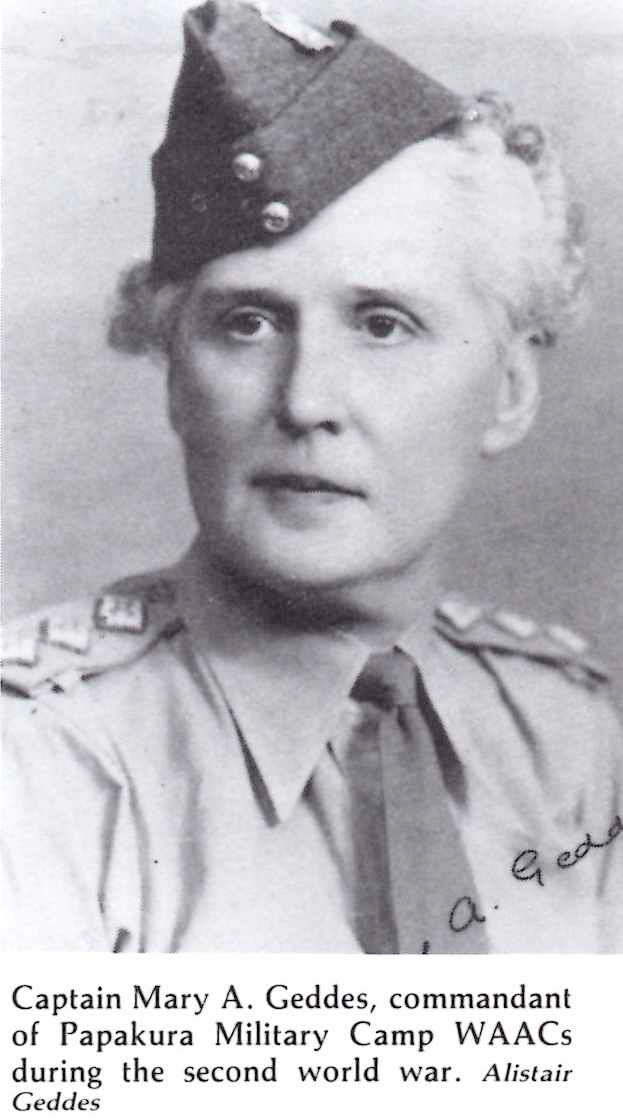When lesbians knit.
- -
- Apr 13, 2015
- 3 min read
Updated: Sep 1, 2021
You know that feeling when you come across a photo of a woman knitting and you know you know her partner from somewhere but for the life of you can’t remember where in your research career you came across her? That feeling? When you’ve spent the past ten years of your life researching women, and now they’ve all blurred into one? Kate-Sheppard-Cora-Wilding-Edith-Grossmann-Jessie-Mackay-Annie-Fraer-Rosa-Sawtell-Dora-Laura-Paula-Flora-Mary-Jane-Sue, was there a Sue? It probably doesn’t help that they have all been white women with English names. And, they are all dead, making them as indistinguishable as ghostly sheets of blank paper.
I was provoked into this reflective reverie whilst sourcing knitting related material for the Charlotte Museum’s knitted vulva installation, which opens on 25 April. You see, the object that set me flicking unsuccessfully through the lists of women’s biographies in my head, was a photograph depicting the Spinsters’ Club knitting for the soldiers of World War One, which is held in the collection of the Alexander Turnbull Library, used on their website, and reproduced above.
On the top left of the studio photograph, Daisy Isaacs is captured mid-stitch, knitting for all intents and purposes what might best be described as a small knitted vulva (masquerading as a sock). Below the photograph, Alison Laurie explains how Daisy Isaacs and Amy Kane (not shown) were a female couple. Until I found the photo on www.teara.govt.nz, I hadn’t known that there was an awesome precedent for lesbians knitting vulva-poppies, and needless to say I was well pleased to have found it. However until I read the blurb below the photo I also hadn’t known that Amy Kane preferred the company of women, or at least of one woman in particular. I had not heard of Daisy Isaacs. But for some reason, I had heard of Amy Kane… if only I could remember why.
A good half hour of ruffling through hand-scrawled notes later, I realised that I knew Amy Kane as an interwar president for the National Council of Women, and as a spokesperson for rural women through her involvement with the Women’s Institutes in New Zealand. That is, she was a member of the feminist elite, successful, and as it happens, literary. One extract that I had ferreted away concerned her 1929 report on the status of women in the Press, which was put before the annual meeting of the National Council of Women for that year. A fan of quality over quantity, she not altogether enthusiastically noted in her report that, ‘the past year while showing no production of special talent has been marked by an increase of publications by New Zealand writers’. And as is so often the case when it comes to historical traces, nothing I had stumbled across during my research into the Women’s Institutes or the National Council of Women had suggested she might have been a lesbian. AGM minutes seldom begin with ‘Amy Kane and her wife Daisy Isaacs were in attendance’, more’s the pity.

Apparently Kane had been born in Wellington in 1879, where her social standing and literary inclinations led her to help establish the Pioneer Club in 1909, a woman’s club, where she acted as president for over thirty years. She had also been a columnist for the ‘Women’s Pages’ of the New Zealand Free Lance from 1914. Kane died in 1979. I don’t know if Kane helped Isaacs knit for the soldiers during World War One, but I do know she was an avid supporter of the Red Cross during those years, making it pleasing to imagine the two women knitting socks, if not actually vulva, together during World War One.
For more on Amy Kane see http://www.teara.govt.nz/en/biographies/3k1/kane-amy-grace
For an overview of Isaacs and Kane (and the photograph used here) see http://www.teara.govt.nz/en/photograph/30277/daisy-isaacs-and-the-spinsters-club







